Introduction to Rap Showcases: The Bridge Between Worlds
Rap showcases are special events where up-and-coming hip hop artists get to perform their music in front of an audience. Think of them as a golden bridge connecting two different worlds: the gritty, passionate underground rap scene and the glossy, high-stakes mainstream music industry. These showcases aren’t just about dropping beats and spitting bars; they’re critical stepping stones for artists aiming to break into the big leagues. At a showcase, it’s all about raw talent, energy, and the hunger to make it big. Artists get to display their skills, connect with fans, and, most importantly, catch the eye of music producers and record labels always on the hunt for the next big thing. Whether in small clubs or large venues, these showcases have become a vital part of the rap game, playing a key role in the evolution of the genre by bringing fresh voices and innovative sounds to the forefront.
The Roots of Rap: A Brief History
Rap music didn’t just pop up overnight. It has a deep history, tracing back to the late 1970s in New York City. It started in the streets, with DJs mixing beats on turntables and MCs spitting rhymes. This was more than music; it was a form of expression for communities that felt overlooked. Names like DJ Kool Herc are legendary because they kick-started what we now know as hip-hop and rap. In those early days, rap became the voice of the voiceless, tackling issues like poverty, inequality, and the struggle of daily life in the city. As it evolved, rap moved from block parties and local clubs to mainstream music charts worldwide. But remember, its roots are grounded in storytelling and resilience, something that still defines the genre today.
Evolution of Rap Showcases: From Street Corners to Global Stages
Rap music started on the streets, a raw explosion of stories and beats. Back in the day, aspiring rappers performed on street corners, relying on word of mouth to get noticed. Fast forward, the scene has shifted massively. Today, rap showcases aren’t just local gatherings; they’re global events streamed online, pulling in fans from all corners of the world. The journey from those grassroots beginnings to worldwide stages marks the evolution of rap showcases. Initially, these showcases were informal, sometimes just battles of wit and words between rappers in front of a small crowd. Now, they’re polished events, often sponsored, offering a platform for underground talent to shine and possibly get that golden ticket to mainstream success. Think SXSW or Hot 97’s Summer Jam, where unknown artists have turned into household names overnight. This evolution mirrors the growth of rap itself, from a misunderstood genre to a dominant force in the music industry. What hasn’t changed, though, is the essence of the showcase: a spotlight for raw talent, only now, the stage is bigger, and the world is watching.
Underground Talent: The Heartbeat of Rap Showcases
Underground artists are the real deal in rap showcases. These unsung heroes, loaded with raw talent and fresh sounds, often lack the platform to reach a wide audience. But rap showcases change the game for them. Think of it as rap’s grassroots movement, where the spotlight hits the most authentic and innovative voices waiting to break into the mainstream. Here’s the kicker: these showcases aren’t just stages. They’re launchpads propelling underground artists into the limelight, connecting dots between hip-hop’s rich, underground culture and the glossy world of mainstream success. It’s where future legends get their first “yes” and where the pulse of rap keeps beating strong, fed by the hunger and hustle of artists who have stories to tell and beats to drop. Showcases offer them a mic, a crowd, and a shot at more. Every big name starts somewhere, and more often than not, it’s on these gritty, vibrant stages where passion meets opportunity.
Key Elements of a Successful Rap Showcase
A successful rap showcase hinges on a few critical elements that can make or break the event. First, it’s all about the talent. The artists you choose to perform are the heart of the show. They need to bring energy, skill, and a unique style to the stage to captivate the audience. Second, the venue plays a massive role in setting the vibe. It should vibe with the hip-hop culture and be accessible to your target audience. Third, promotion cannot be overlooked. Use social media, flyers, and word-of-mouth to get the word out. Engaging with local radio stations or podcasts can also boost your showcase’s visibility. Finally, the audience experience is key. From the sound quality to the security, everything should be geared toward making attendees feel safe and hyped up. Remember, a successful showcase is where underground talent shines, and the audience leaves wanting more. Keep it real, and the rest will follow.
Case Studies: Successful Artists Launched from Rap Showcases
Rap showcases have been crucial platforms for artists on the brink of fame, connecting raw talent from the streets to the glitz of the mainstream. Artists like Chance the Rapper and Kendrick Lamar, who are now household names, owe a huge part of their success to these showcases. Chance the Rapper, an independent artist from Chicago, first gained major attention through his performances in local showcases, proving you don’t need a record deal to make it big. His mixtape ‘Acid Rap’ went viral, leading to sold-out tours and a fan base that stretches globally. Kendrick Lamar, hailing from Compton, showcased his unmatched lyrical prowess in small venues before catching the eye of Dr. Dre. This was a pivotal moment in his career, catapulting him into a trajectory that many artists only dream of. It wasn’t just their talent but the platform rap showcases provided that allowed them to shine. These events are more than just performances; they are lifelines connecting the underdog to the spotlight, proving time and again that with the right stage, undoubted talent can and will flourish.
Challenges in Bridging Underground Talent with Mainstream Success
Navigating the rap game from underground to mainstream is no simple feat. It’s a world where talent is abundant, but the spotlight is limited. One major hurdle? Visibility. Underground artists often struggle to get their music heard beyond local or niche audiences. They grind, producing raw, uncut tracks, yet without a solid platform, their voices remain in the shadows. Money talks in this scene. Getting noticed often means needing serious cash for marketing, high-quality videos, and polished production – resources many underground talents don’t have. Then, there’s the authenticity challenge. Mainstream acceptance sometimes demands a shift in style or message, risking the original fan base and essence of the artist’s sound. It’s a tightrope walk between sticking true to roots and adapting for broader appeal. Networks matter too. Breaking through often depends on who you know, not just what you can do. Without connections to influential figures in the industry, even the most talented rappers might never reach a wider audience. Lastly, the digital age, while a boon for visibility, has also saturated the market. Standing out in a sea of aspiring artists on platforms like SoundCloud and YouTube can feel like searching for a needle in a haystack. Bridging underground talent with mainstream success is a complex dance of preserving authenticity, investing wisely, and strategically building a presence both online and in the industry.
The Role of Social Media in Evolving Rap Showcases
Social media changed the game for rap showcases. In the past, underground artists struggled to get noticed. They needed a big break, usually through live performances or connections. Now, platforms like Instagram, Twitter, and TikTok are the new stages. An artist can drop a video or track online and instantly reach thousands, if not millions.
The direct link to fans means artists can build a following without traditional gatekeepers, like record labels or media. This democratization of music has made rap showcases more about highlighting talent already buzzing online. A viral hit on social media can lead to mainstream success overnight.
But it’s not all about going viral. Social media lets artists interact with their fans, get real-time feedback, and refine their craft based on what their audience loves. This two-way street builds a loyal fan base before an artist ever steps foot on a big stage.
In short, social media hasn’t just changed how rap showcases operate; it’s redefined the path from underground to mainstream success.
Future Trends: Where Are Rap Showcases Headed?
The landscape of rap showcases is ever-evolving, with the digital age turning it up a notch. We’re seeing a shift where underground rappers and talents no longer rely solely on traditional gigs to get noticed. Instead, the future leans heavily on social media platforms and streaming services as primary stages for exposure. Artists now have at their fingertips tools that can catapult them into the limelight overnight. The buzzword is accessibility. With platforms like Instagram, Twitter, TikTok, and YouTube, connecting with fans and industry bigwigs is easier than ever.
The rise of virtual performances is another game-changer. Thanks to advances in streaming technology, artists can perform live for global audiences without leaving their homes. This means more reach and opportunities but also intensifies competition. As we look ahead, expect rap showcases to become even more integrated with technology, utilizing virtual reality, augmented reality, and even artificial intelligence to create immersive and interactive experiences.
Sustainability in the industry is also coming to the fore. With a growing awareness of the environmental impact of touring and events, future showcases might adopt more eco-friendly practices. Digital showcases and events will become more prevalent, reducing the carbon footprint associated with travel and large physical gatherings.
In essence, the future of rap showcases is bright, innovative, and inclusive, blurring the lines between underground and mainstream. The focus will be on creating unique experiences that leverage technology, emphasize sustainability, and cultivate a global community of rap enthusiasts. And as always, raw talent coupled with the right digital strategy will be the ticket to success.
Conclusion: The Enduring Impact of Rap Showcases on the Music Industry
Rap showcases have undeniably reshaped the music industry, knitting a tight bond between underground talent and mainstream success. These events are not just stages for artists to spit bars; they’re powerful platforms where raw talent meets opportunity. The impact? A vibrant, diverse rap scene that keeps on giving. Big names today were once fresh faces in these showcases, proving dreams aren’t just dreams when you’ve got the mic and the moment. It’s clear, as the rap game evolves, showcases will continue to be the launchpad for the next generation of hitmakers. They’re not just events; they’re a movement, fueling the rap world’s future with every rhyme.






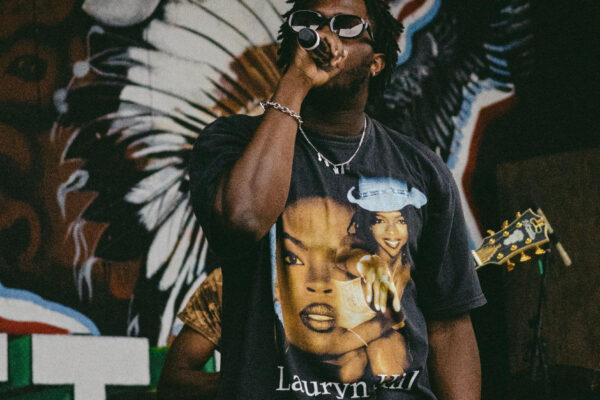





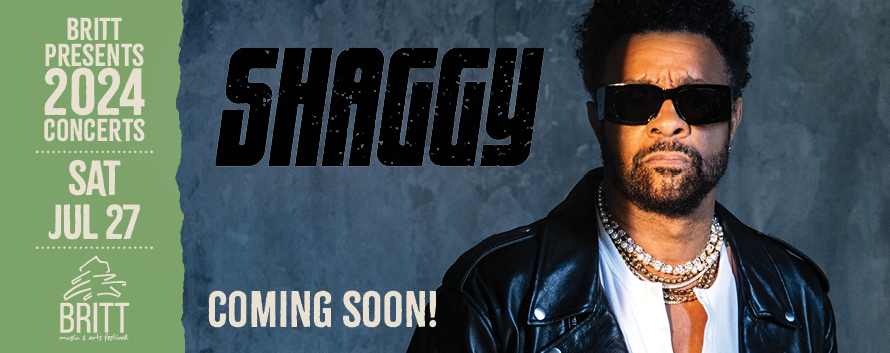
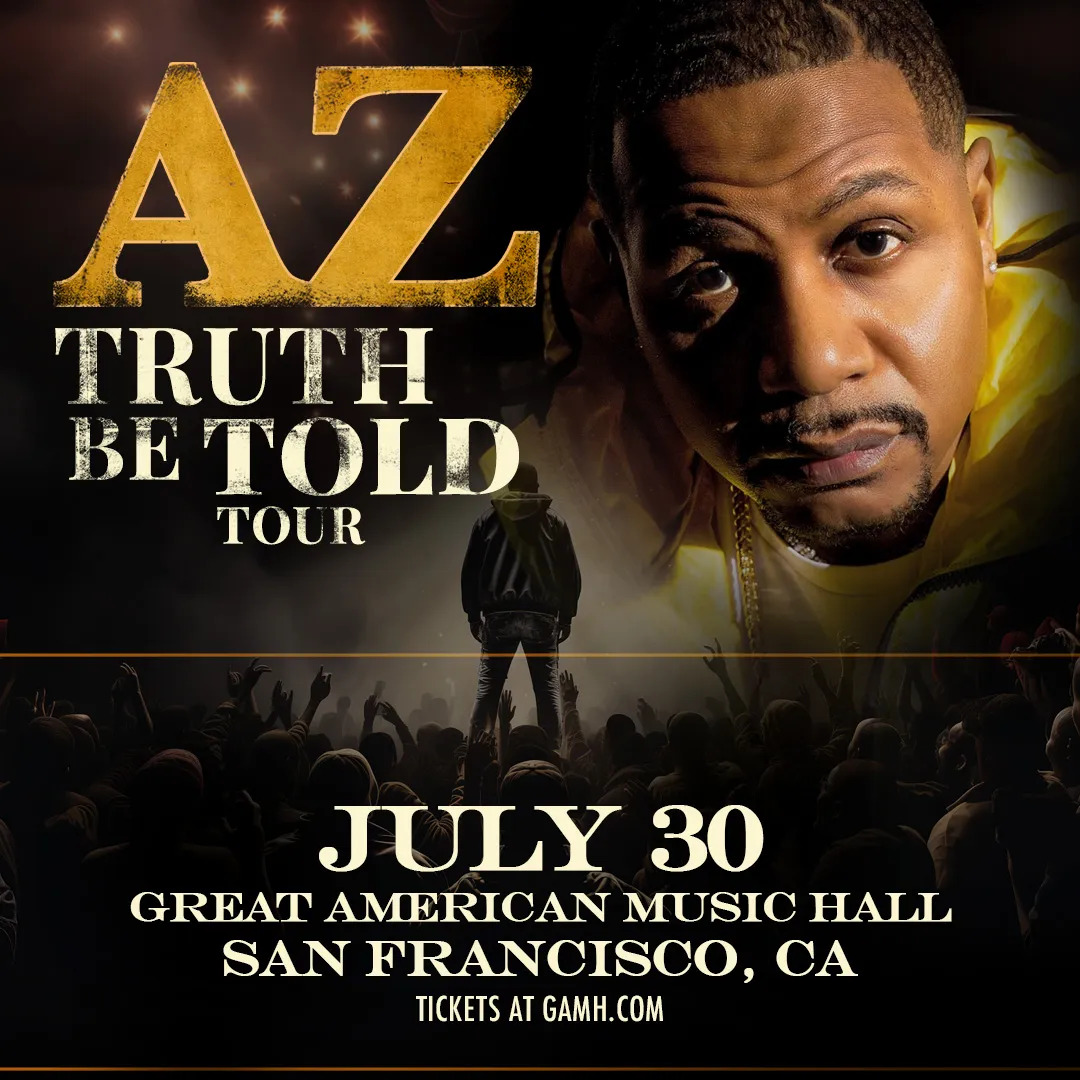
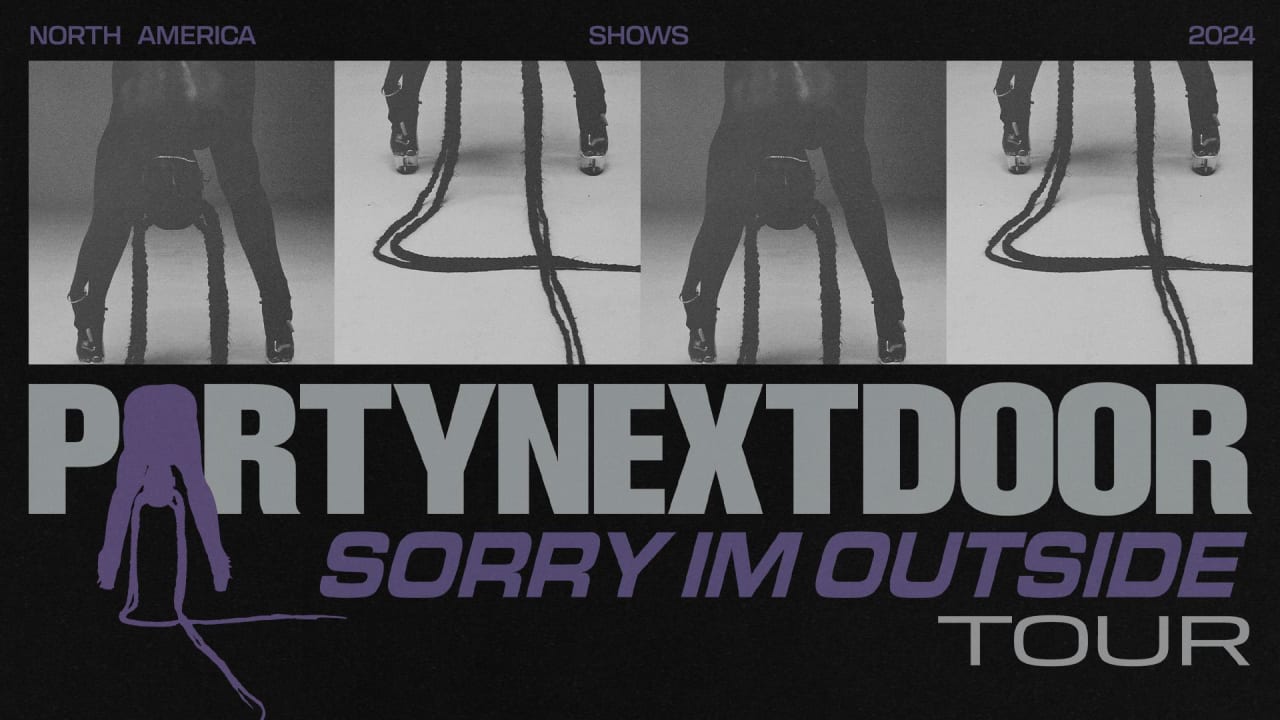



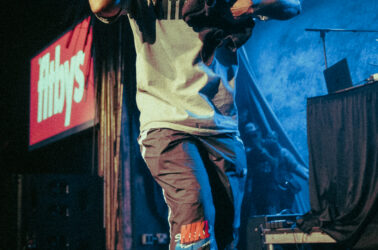
Leave a Reply